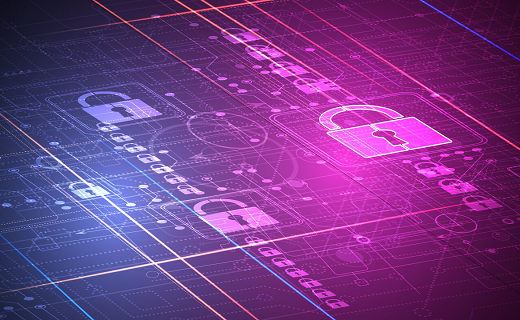Monitoring of security and detecting threats is a vital element when it comes to attaining a secure environment for your organization. Siem and SOC gives you a clear picture of what is going on within your organization’s network without being blinded to any type of attack, inside activities, and anomalies. To get such a clear picture, organizations when purchasing Siem security systems, they tend to go for highly-priced Siem software which can easily collect log data, run alert rules, automatically find threats and data breaches. With an exception made by some of the largest organizations, that are well funded and staffed with the best security teams, getting value from just Siem alone might prove to be difficult. Ensure that you make use of your Siem returns on investment by implementing security operations whereby Siem security technology is fully supported by layouts, staff, analysis, and automation.
A brief insight into the discussion between Siem and SOC.
1.Log Dat Issues.
The biggest issue when it comes to implementing Siem is the quantity of data that will be fed to it. Most Organizations produce huge tons of data each day while devices also produce logs that need to be scrutinized by the Siem security in order to detect threats. Medium-sized organizations generate about a billion data logs and events each day that need to be sent to Siem security for analysis and storage. With a lot of data in place, sifting to narrow down to breached data that has been siphoned off your network by attackers might prove to be a little difficult. If you rely on a regular siem solution you might experience log data issues.
2.Experiencing Alert problems.
The best strategy when it comes to identifying breaches is through the creation of alerts. A typical Siem system features standard alerts that can only be generated once the system is set up with the right data logs flocking in. To get alerts on attacks depends solemnly on the quality and quantity of the siem solution. A lot of pre-loaded alerts that come in standard siem solution are blended with both high and low veracity. You will discover that they don’t correlate sometimes and thus all threats from cyberattacks cannot be detected. They hardly execute behavioral analysis and also create alerts on malicious behaviors. This ends up leaving remarkable gaps when it comes to breach detection. Another issue that comes with experiencing alert problems with a standard siem solution is large data volumes being produced. With a lot of data logs generated based on the activities carried out across the organization, thousands of alerts end up being generated. For a typical security team, it’s quite impossible to sort all the alerts even if they're categorized as either profound, high, medium, and low. Most profound and high alerts are normally difficult to go passed through.
3.The Perfect Question problem.
The issue is that most alerts are quite generic. To be honest there is no perfect question that an organization needs to ask of the data log. Your security team should be able to determine the type of alerts that will provide the perfect information. Ensure that you have an in-depth process outlined for enhancing and implementing them. The seim systems should regularly be updated so that the perfect question is asked of the log data. This will help in honing out attacks that prove to be relevant.
Implementation of the SOC as a solution.
The perfect way to overcome most of the above problems that comes with a standardized Siem solution is the implementation of the Security Operations Centre (SOC). It’s a process that integrates many people, a variety of skill sets, and continuous enhancement in alerts and analysis development. It ensures a 24-hour coverage integrated with vulnerability management, threat intelligence, incidence response, and threat hunting. It easily detects threats and launches mitigation where necessary. Purchasing this solution in-house can be a little bit expensive. Most organizations prefer outsourcing this feature through MSSP (Managed Security Service Provider).
Siems software is typically used in CIRTS (Cyber Incident Response Teams) likely to SOC but SOC has a more extended capability into areas such as; information sharing, threat intelligence, and in-depth incident response. The Managed SOC uses tools such as the standardized Sie solution when analyzing security incidents to the security team. With the help of SOC, siem is able to provide an additional layer of security that helps enterprises detect advanced threats.
Summary.
In reality, implementing Siem to solve your organization’s security problem wouldn’t be of much value as compared to combining both Siem and SOC together. With these two working together, advanced threats will be detected easily.